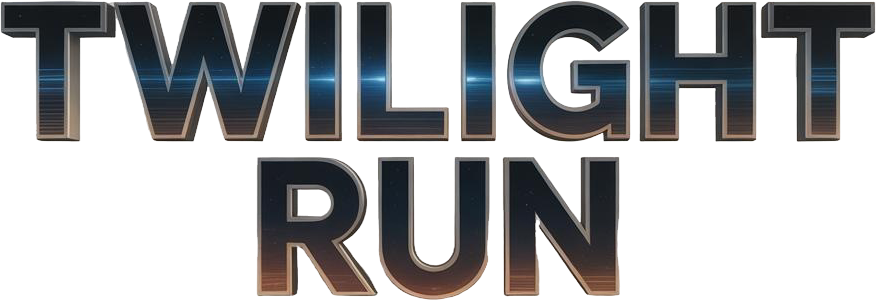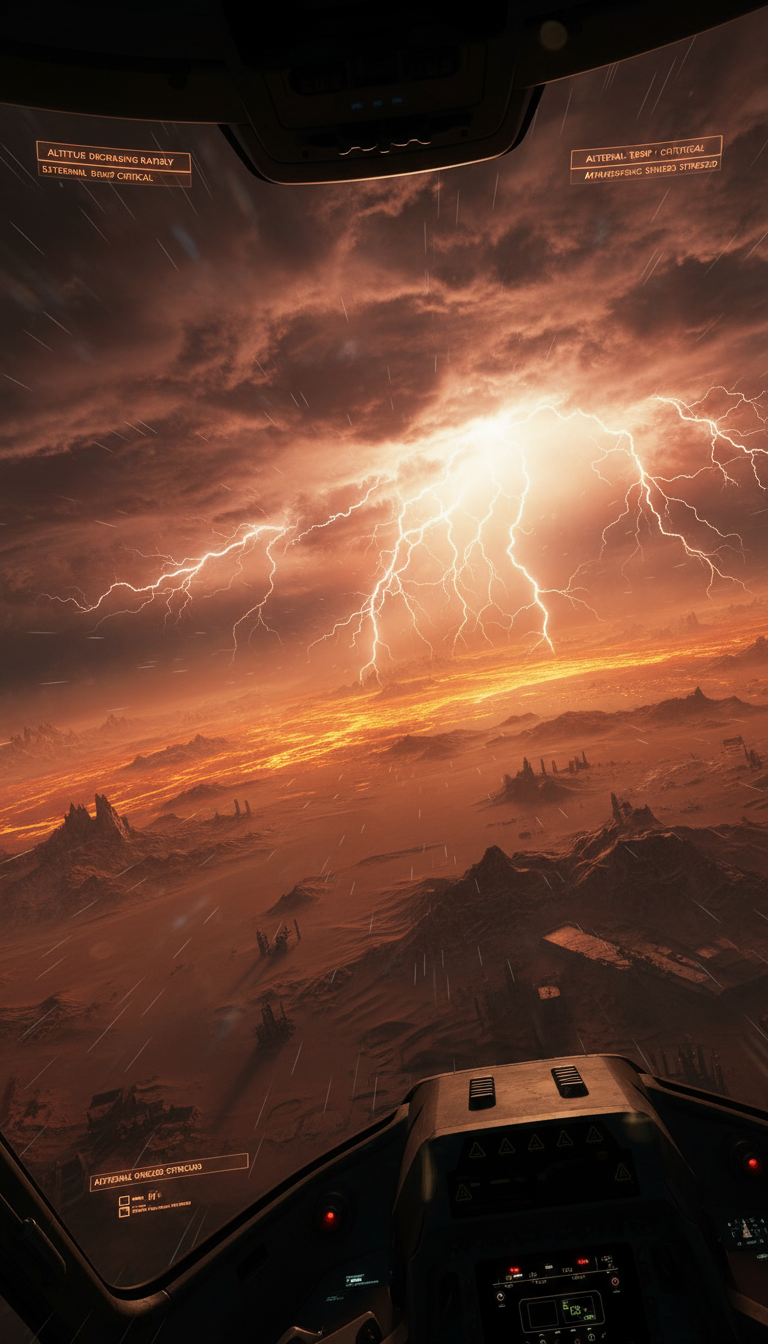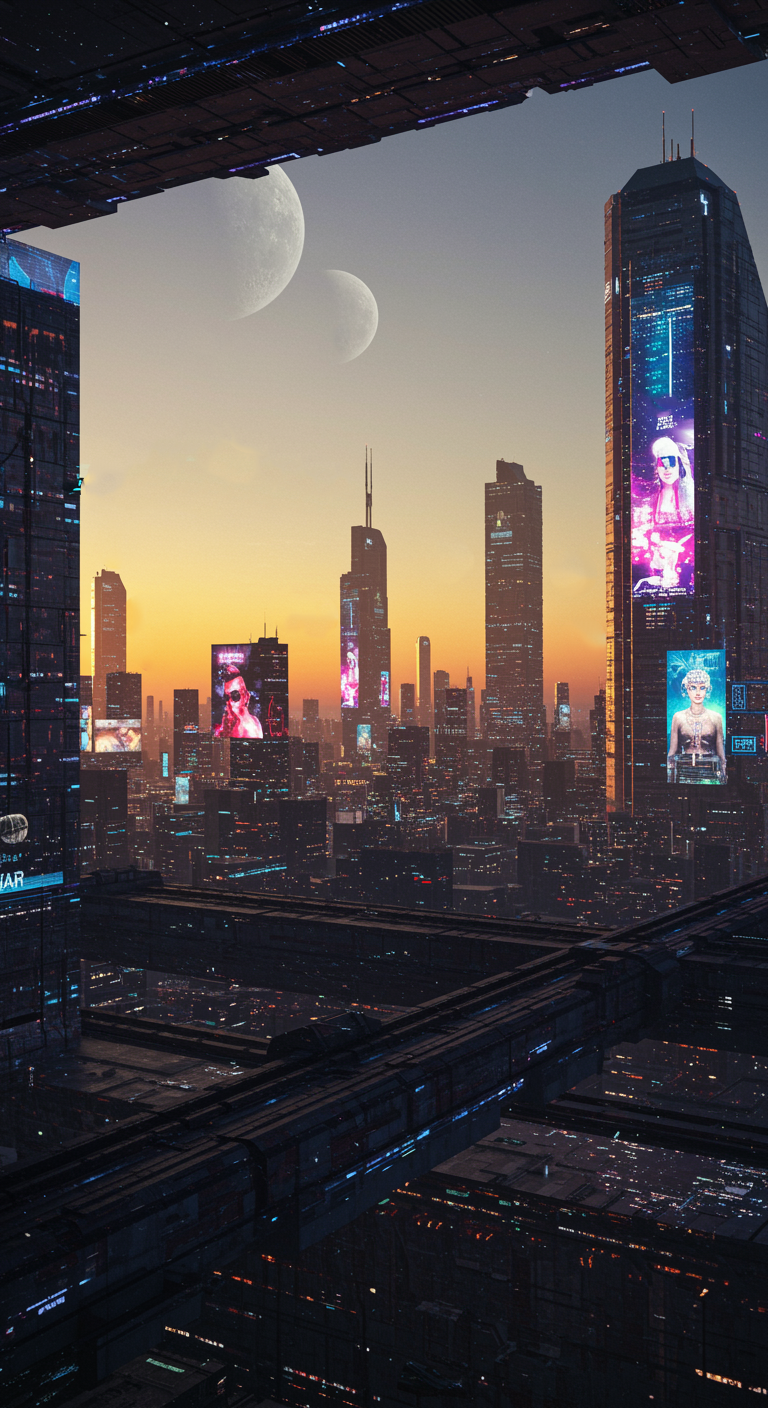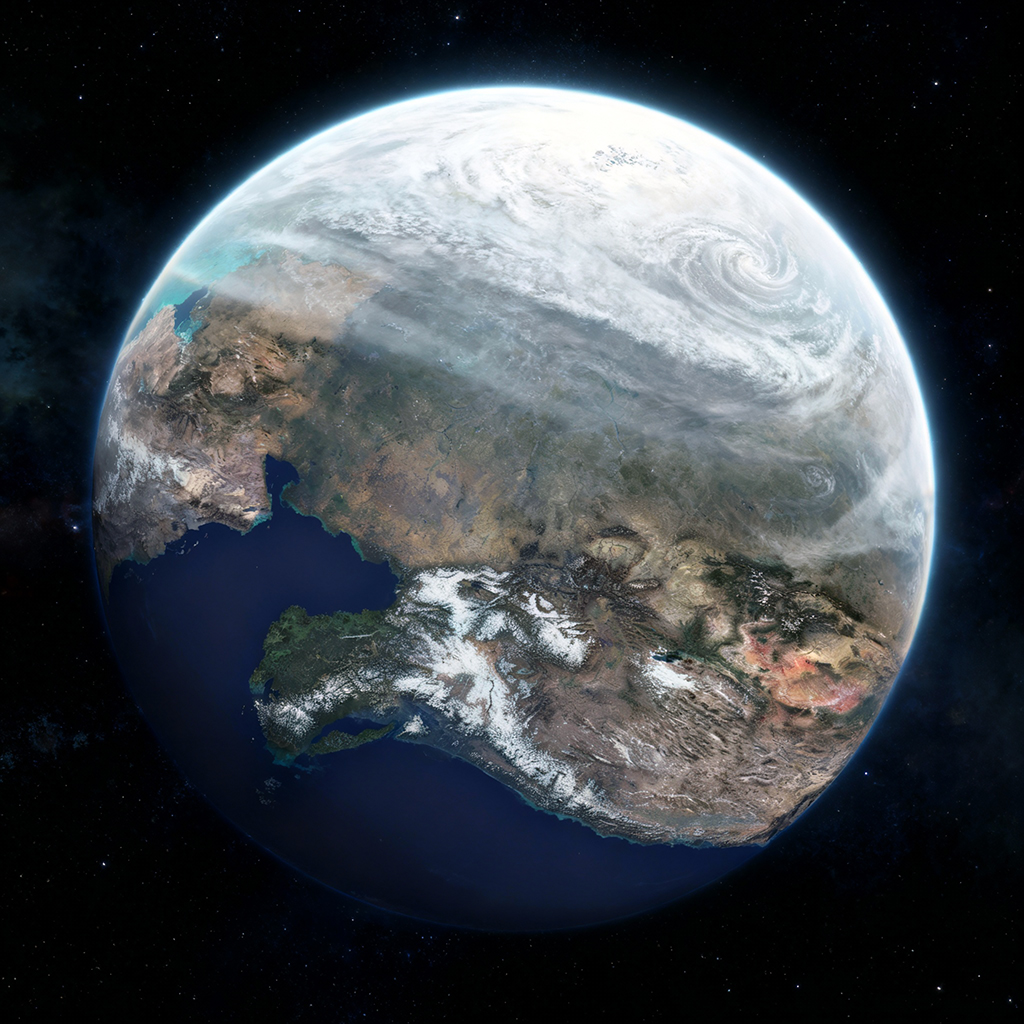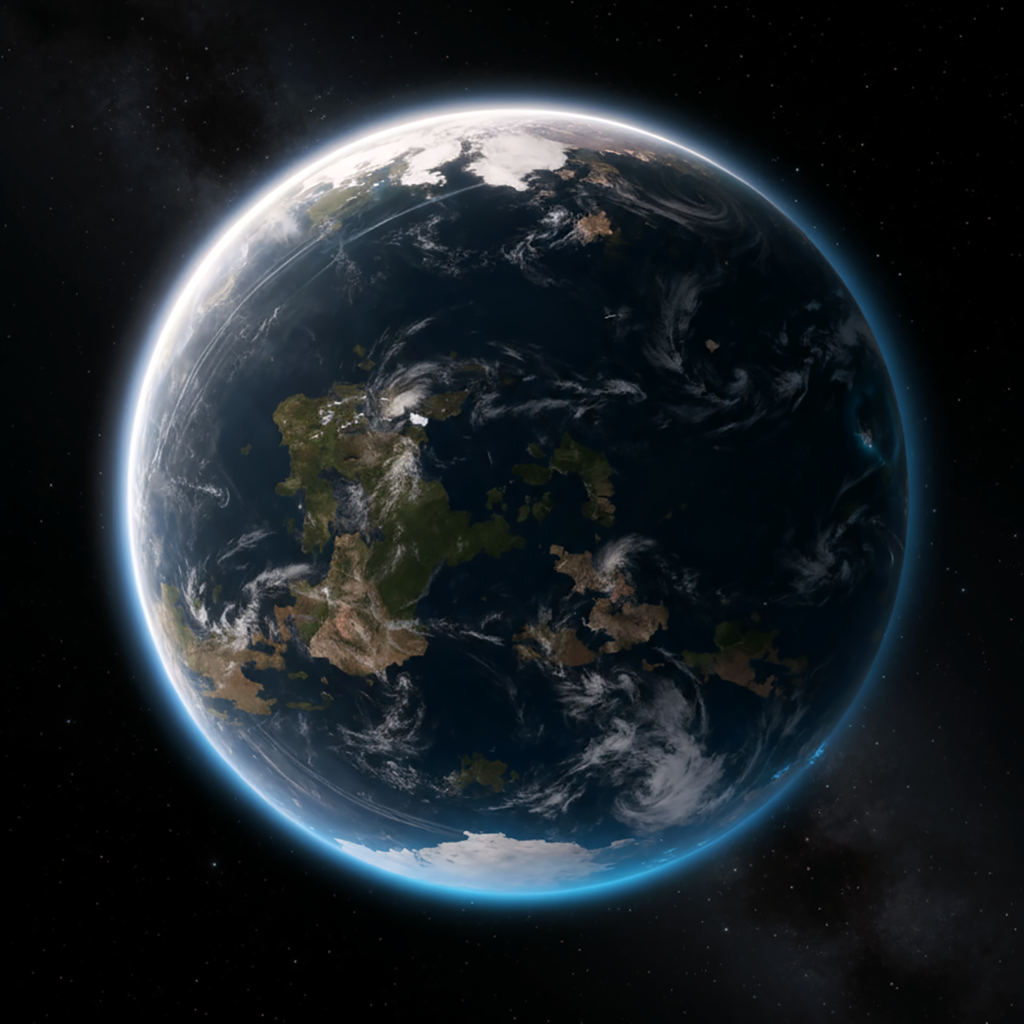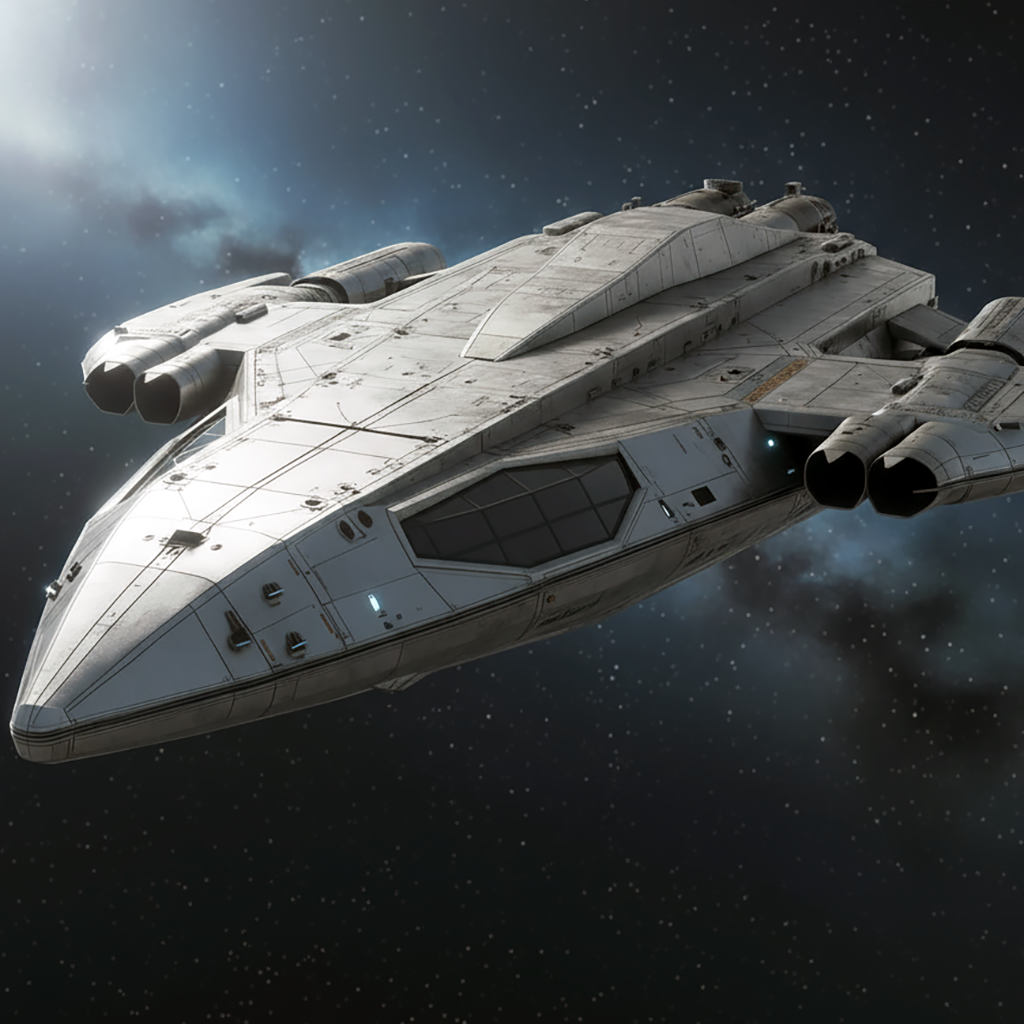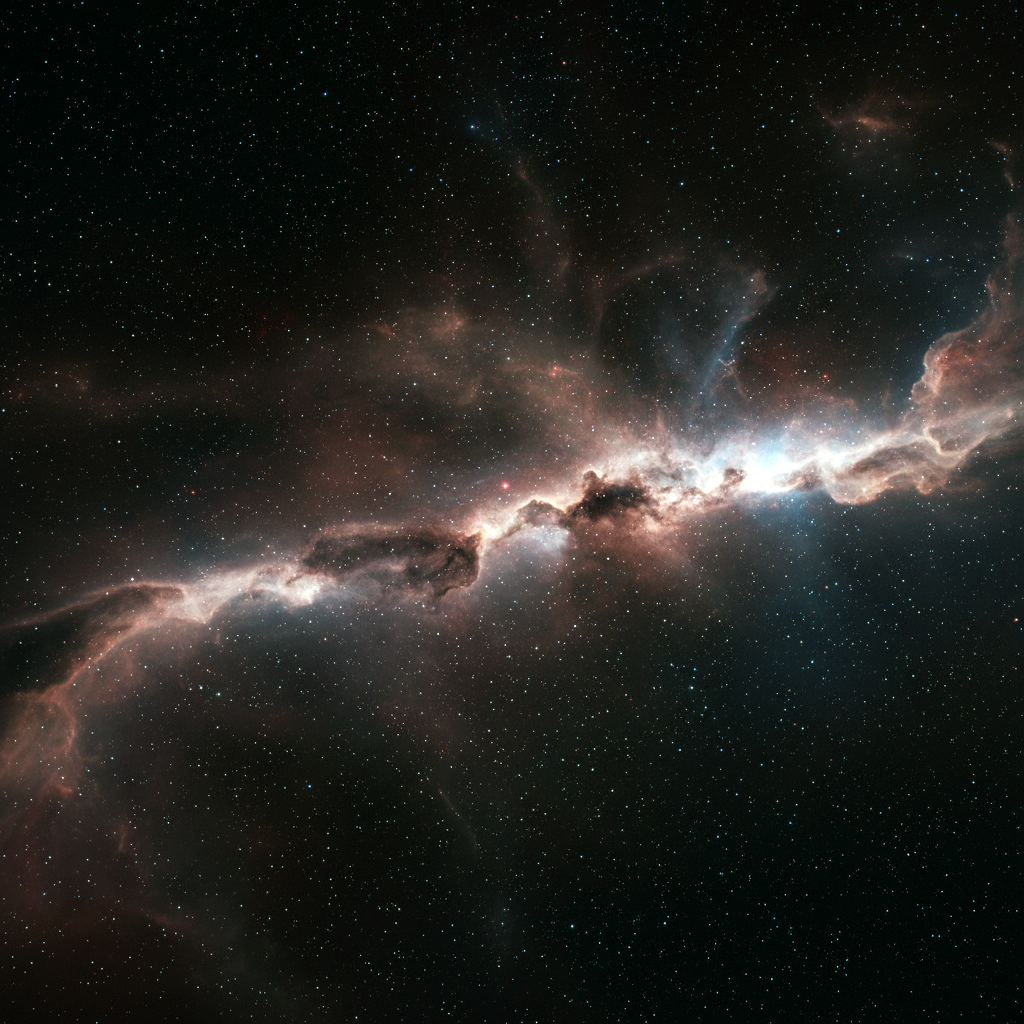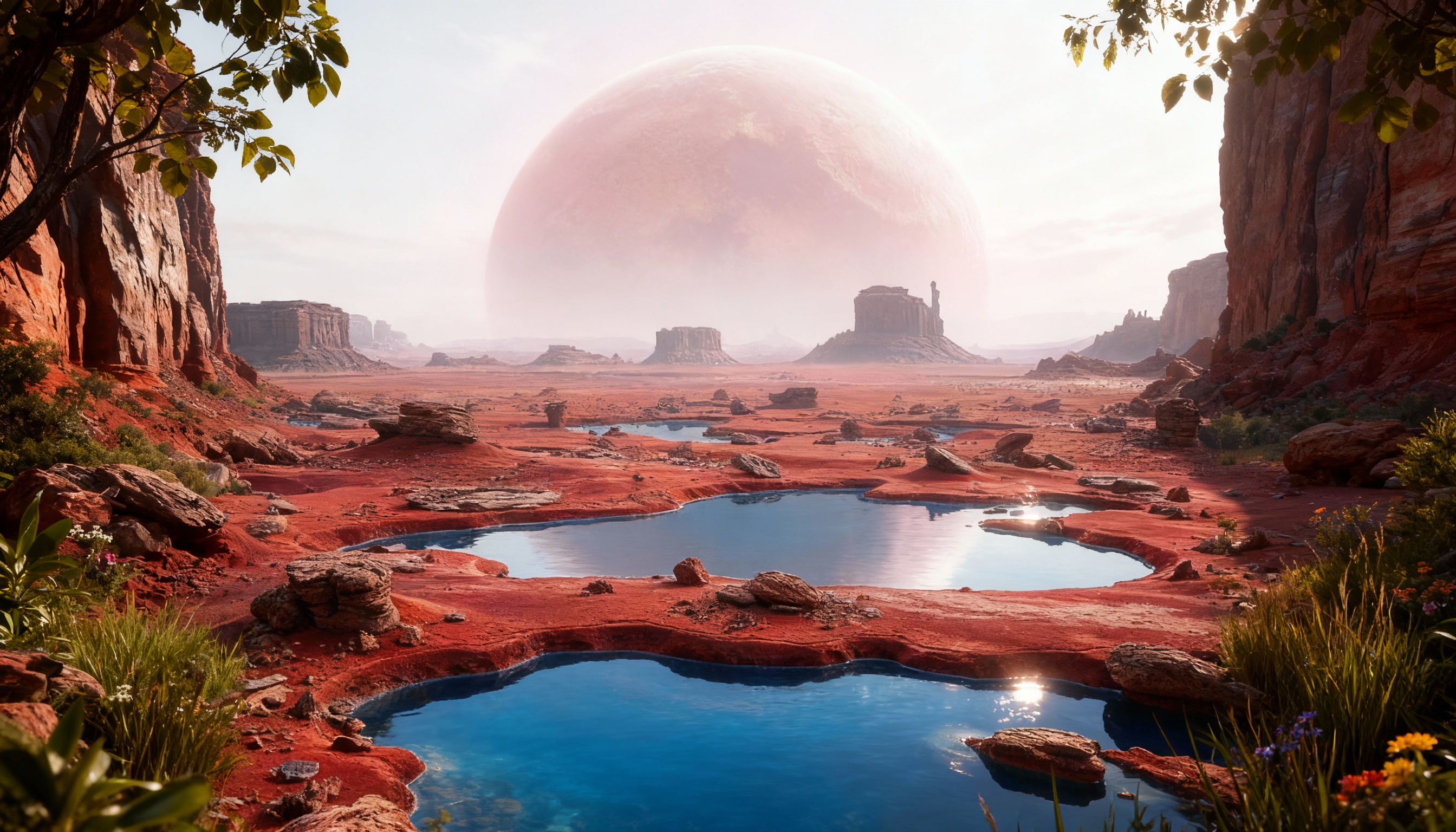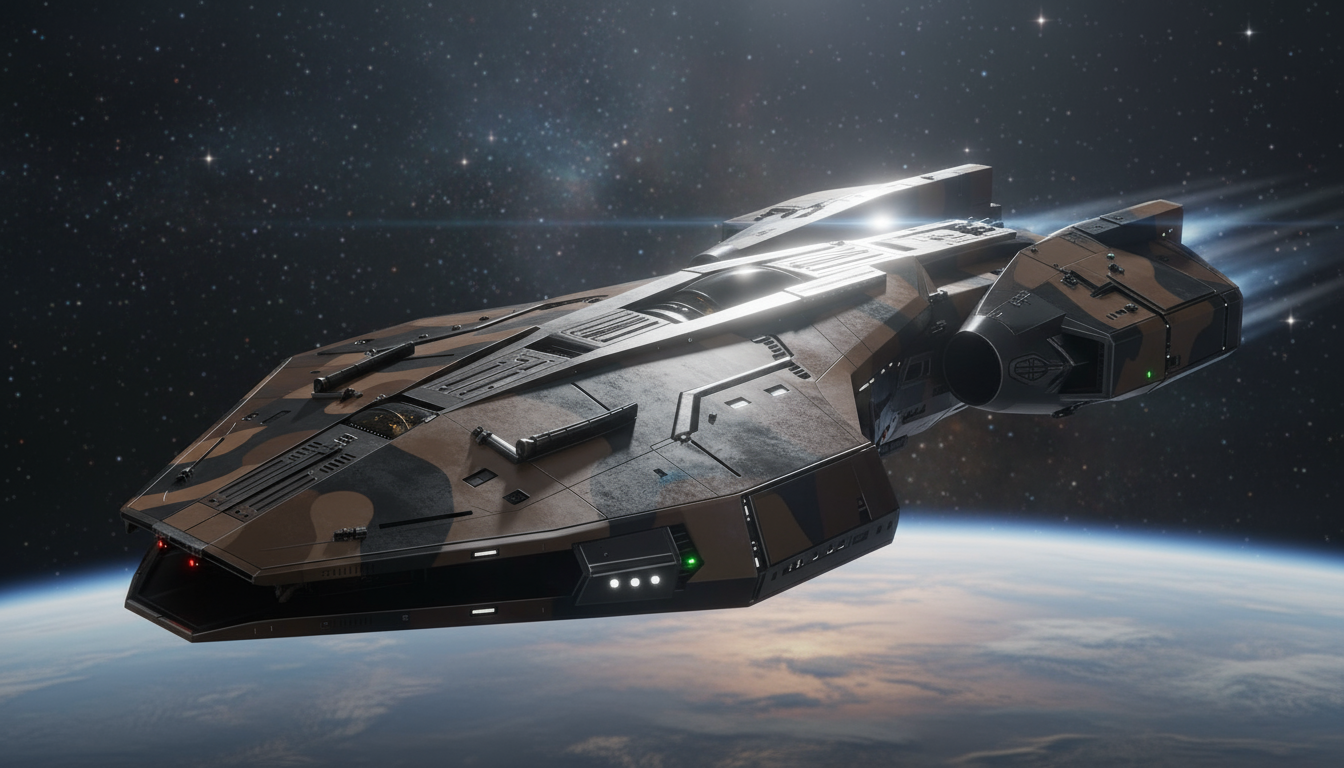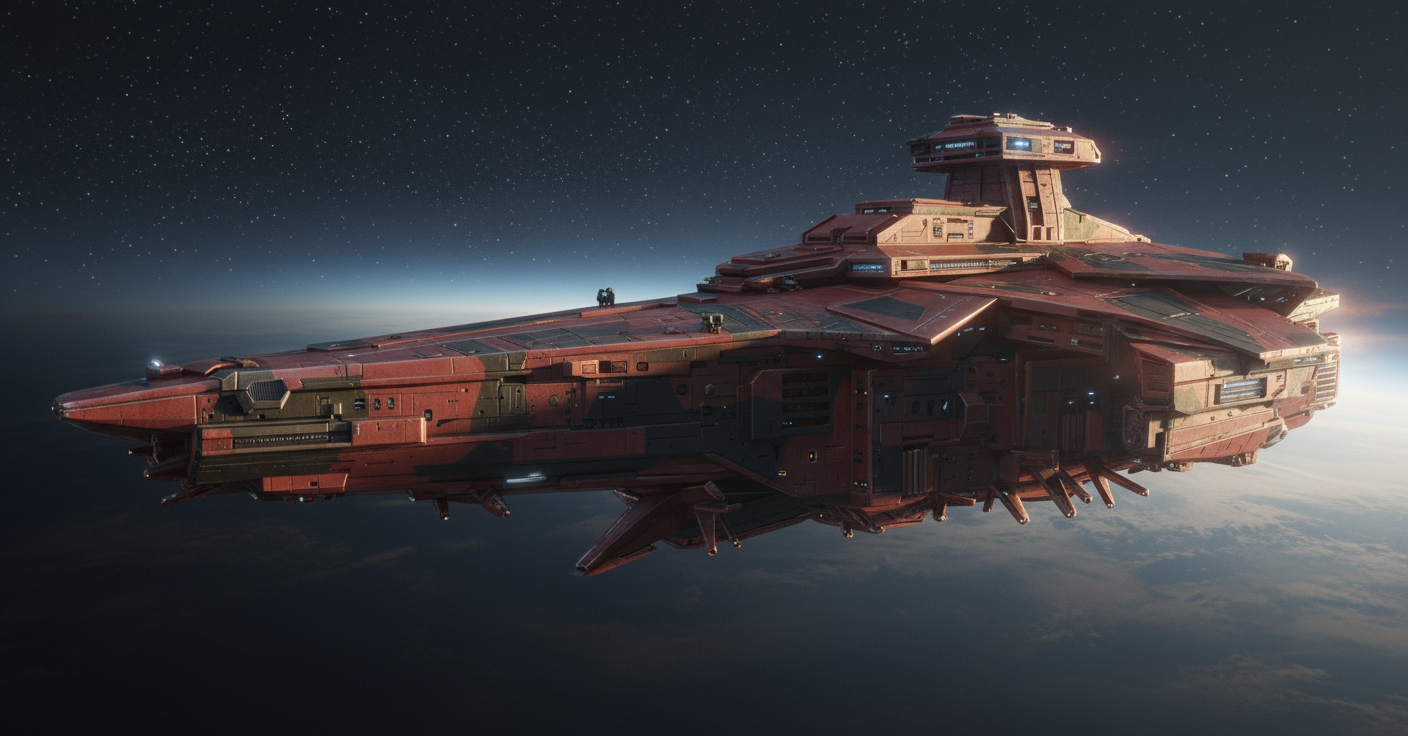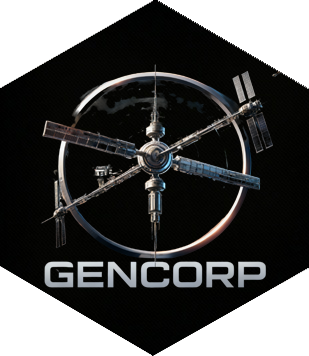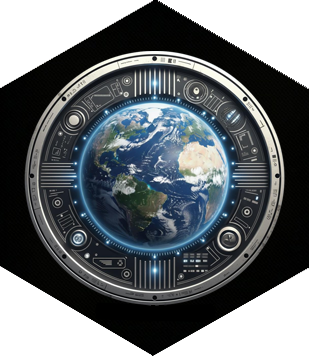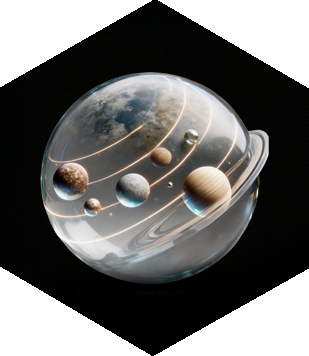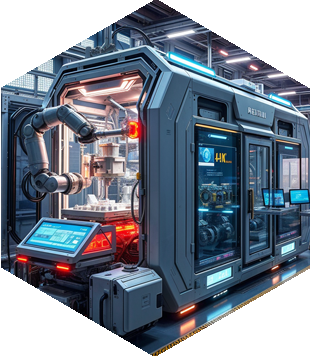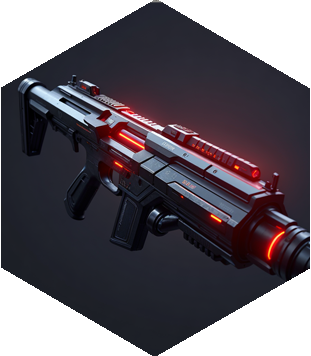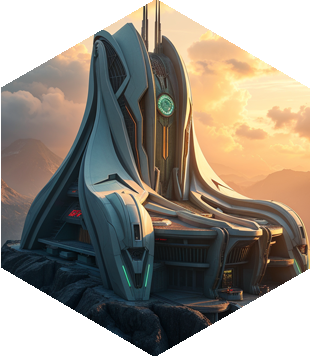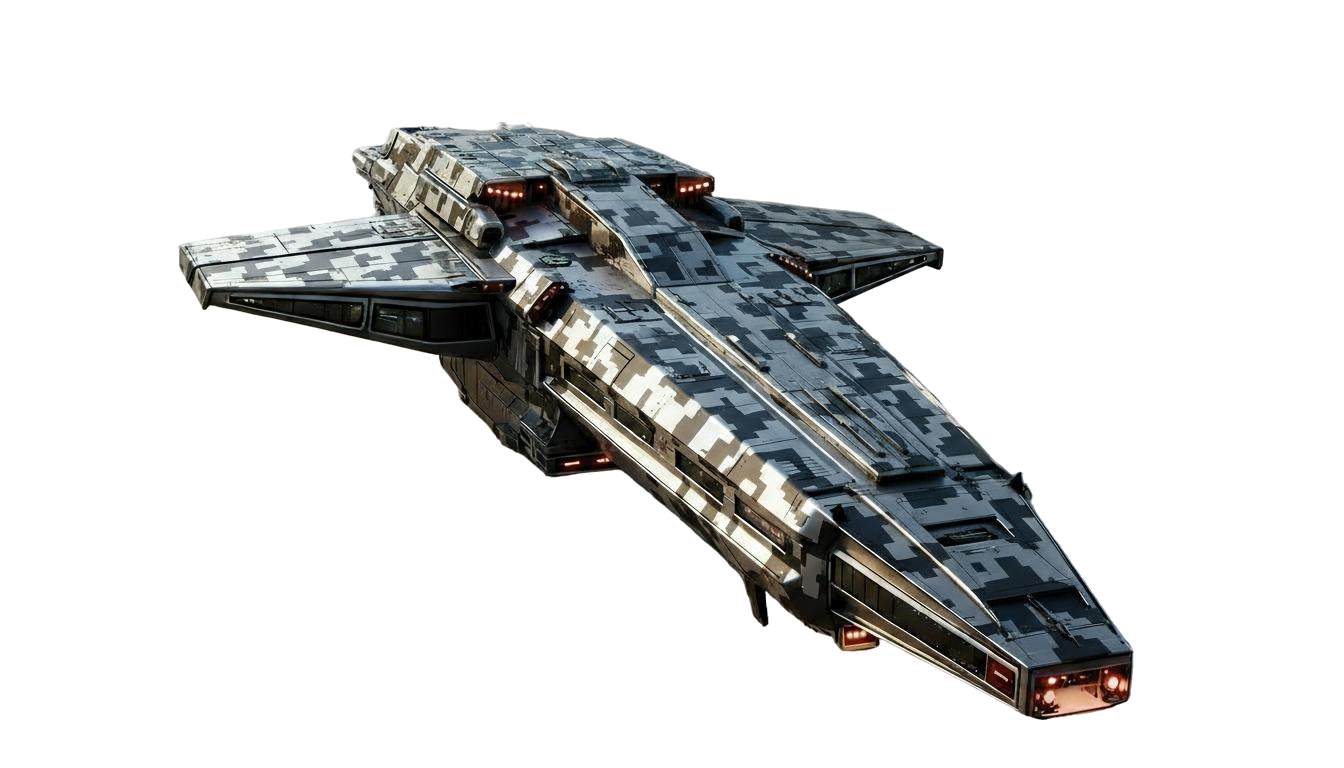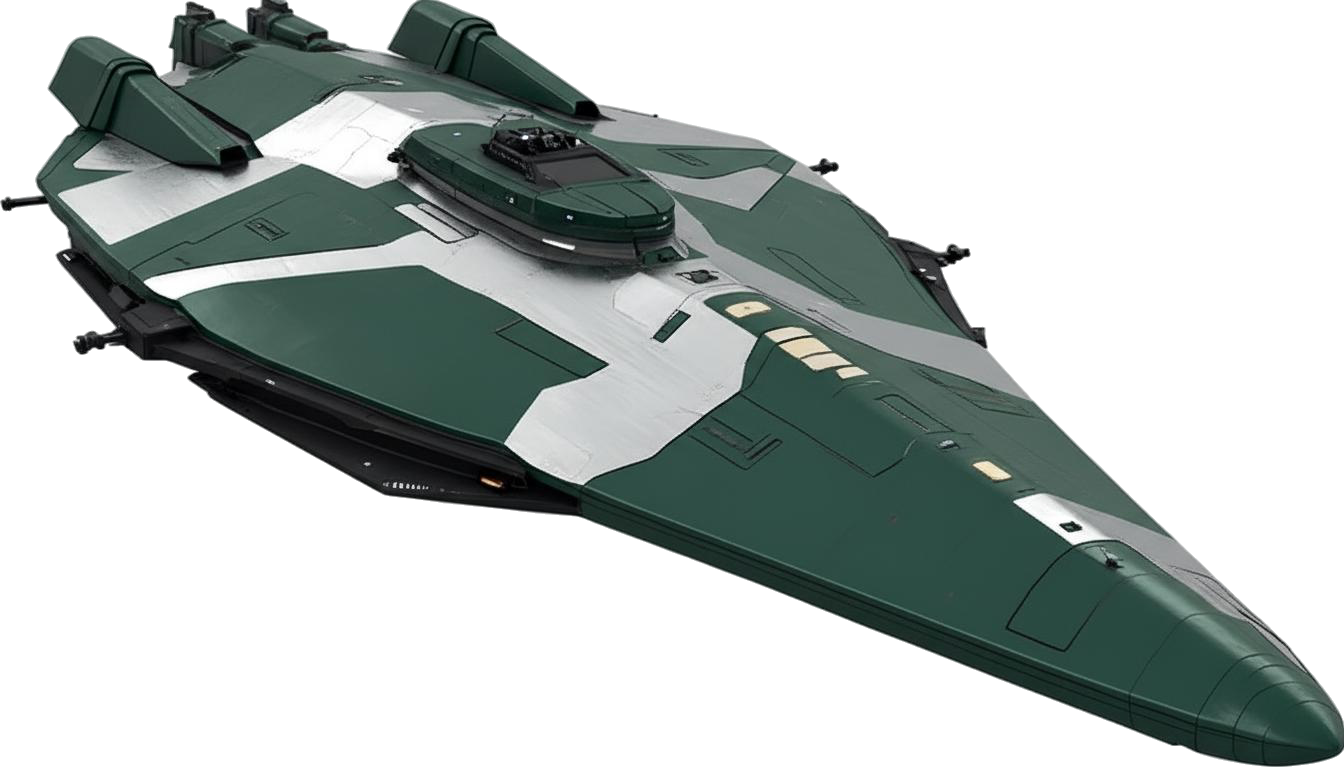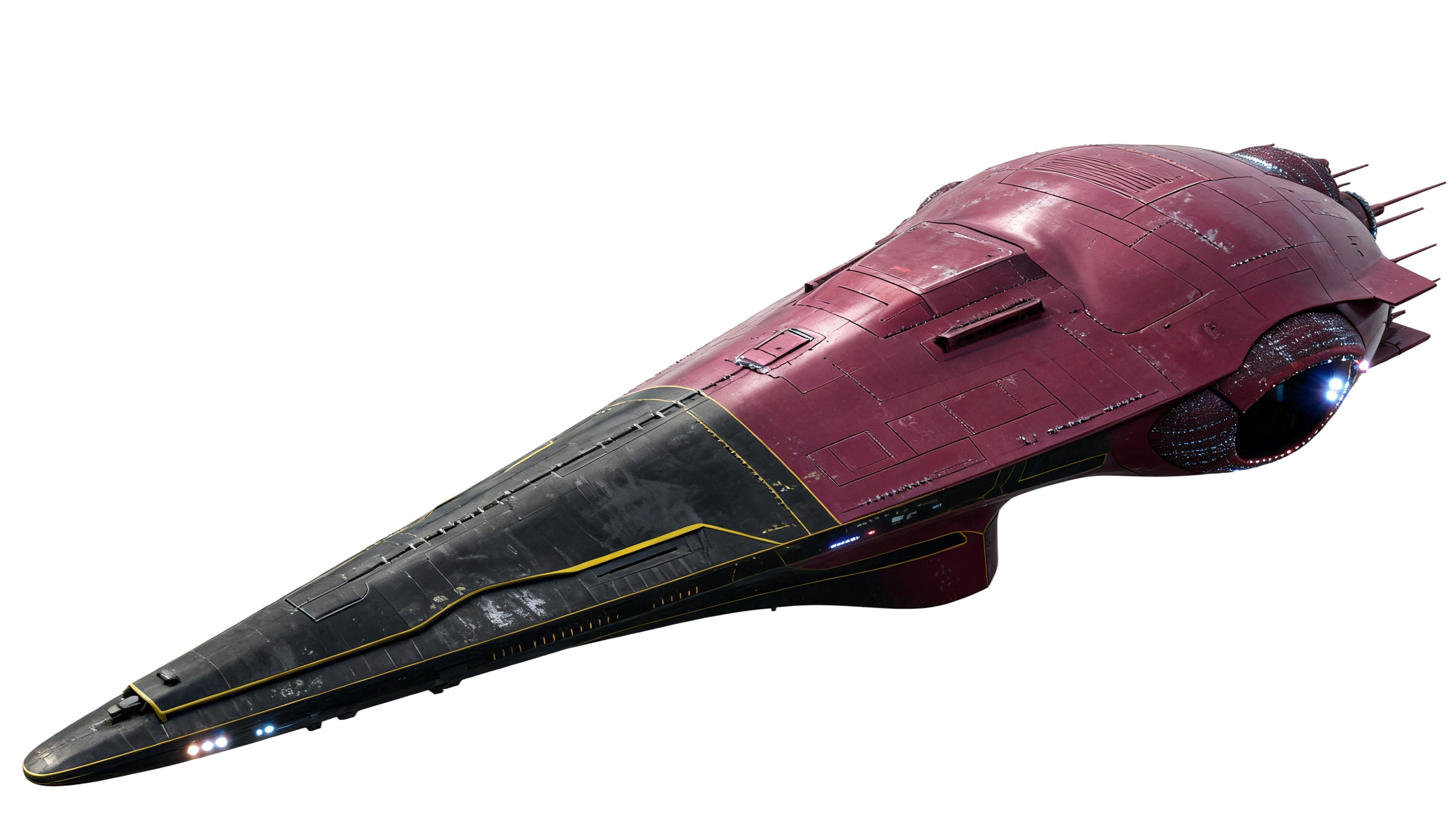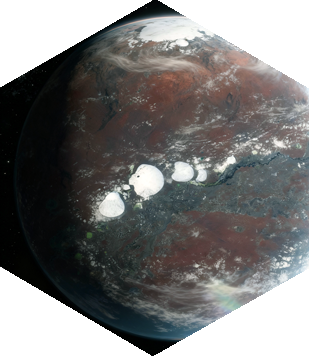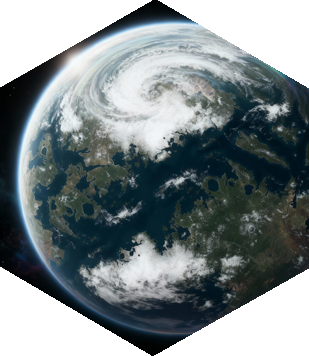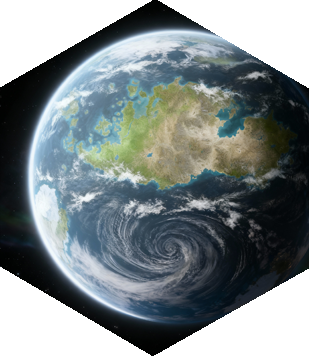Incident 21511207

Day 1: The Scene
We arrived on Americana early this morning. The local authorities escorted us to the scene—an isolated outpost deep in the badlands. The place was littered with bodies, all confirmed pirates with long records of raiding shipping routes across the frontier. But this wasn’t a standard cleanup operation. The precision of the killings was unsettling. Each victim had been neutralized with surgical accuracy—clean, almost too clean. Whoever did this wasn’t just skilled; they were exceptional.
The local sheriff reported no trace evidence—no footprints, no DNA, no residual heat signatures. It was as if the attackers appeared and vanished in seconds, leaving nothing but corpses behind. My partner, Agent Jax, said what we were all thinking: whoever did this didn’t just want them dead; they wanted to make a statement.
Day 2: Examining the Evidence
We still have almost nothing to work with. The remoteness of the site means there were no security feeds, no sensor data, and no witnesses. Forensics exhausted every tool in the kit, but the results are all the same—nothing. The methods used were advanced, the kind of work you only see in high-tier military operations. Some victims showed clean arterial slashes—one precise movement, instantly fatal. Others were taken down with pinpoint kinetic rounds, each shot exactly placed.
One disturbing detail stood out: several of the pirates appeared to have been interrogated before execution. Whoever carried this out wasn’t acting impulsively. It was deliberate, calculated, and clinical.
Day 4: Interviewing Locals
We’ve spent the past two days interviewing locals—anyone who might have seen or heard something unusual before the attack. Most claim ignorance. Americana is rough territory; people here know when to mind their own business. But one old miner, a regular at a bar on the outskirts, told us he’d seen shadows moving across the plains a few nights before the massacre. He didn’t think much of it at the time, but said he’d never seen anything move that fast.
Agent Jax and I checked the area he described. The dust and wind have erased any physical evidence. Whatever those “shadows” were, they left no trace behind.
Day 7: Possible Theories
The task force is divided. Some think this was an internal hit—one pirate crew wiping out another. But that theory falls apart fast. Gangs leave evidence. They brag. They make a mess. This was the opposite—precise, efficient, invisible.
Others suspect a covert military team, maybe a black-ops unit operating off the record. But if that’s true, why hit a small-time pirate gang on a fringe world? And why scrub every trace of their presence? None of it makes sense.
I can’t shake the feeling we’re looking at something outside conventional human activity. There are old rumors—whispered stories about specialized operatives with tech and training beyond known factions—but I’ve never seen proof. If that’s what we’re facing, then this operation wasn’t a message to the pirates. It was a demonstration.
Day 10: The Growing Mystery
It’s been over a week, and we’re no closer to answers. The higher-ups are demanding results, but how do you solve a crime that left no clues? The locals are restless, suspicious of us, and I can’t blame them. Americana has always been fiercely independent, skeptical of any outside authority. This investigation isn’t helping that image.
Jax and I keep running the data, but it feels like chasing ghosts. Whoever carried out this strike is beyond anything we’re trained to deal with. It’s as if they’re watching us now—testing us—showing just enough of what they can do to make sure we understand how powerless we are to stop them.
Day 14: Closing Thoughts
The investigation is being closed. With no evidence and no suspects, the task force has been ordered to withdraw. It feels wrong. This isn’t over. Whoever orchestrated this massacre is still out there, and if they struck once, they’ll strike again.
Jax and I filed our final reports tonight. Neither of us believes the official conclusion. The air here feels heavy, as if something unseen is still moving beneath the surface. We’ve only touched the edges of this mystery—and I’m not sure anyone truly wants to uncover what’s underneath.
— Journal of Special Agent David Trent, Federal Investigation Division
